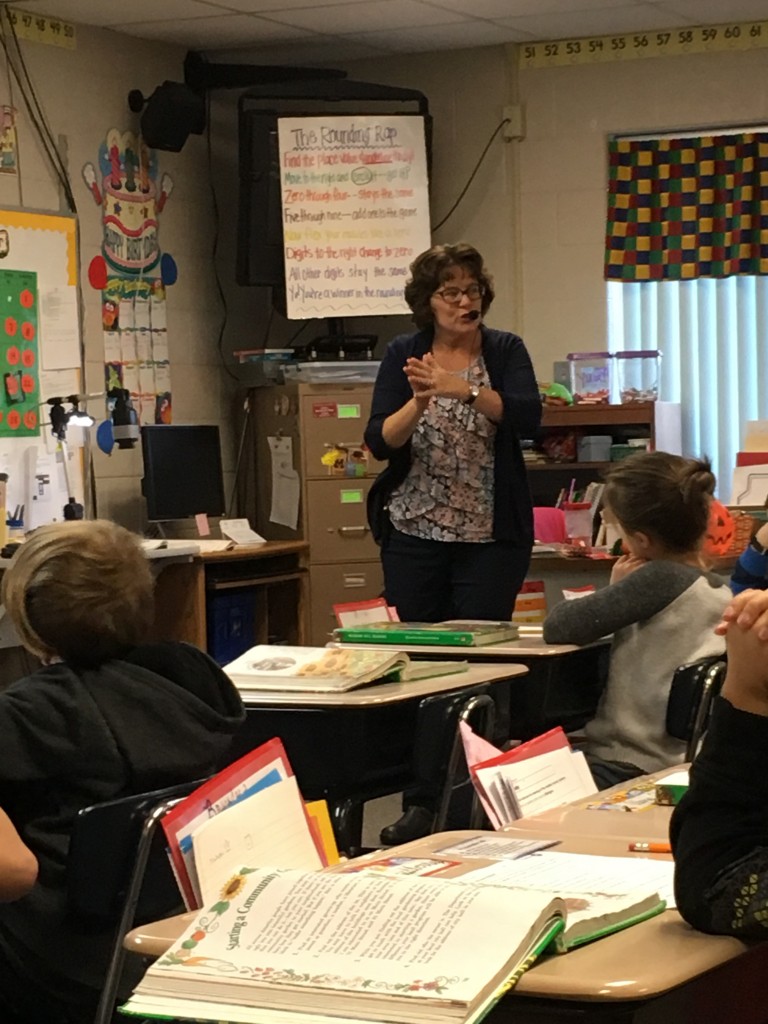I’ve been spending my nights, and every free minute, soaking up knowledge about Reading Strategies to use in my instruction. It has always been a conscious goal of mine to incorporate literacy into my classroom culture in a purposeful and sensitive way. As a child and student, I never found joy in reading and had always been ashamed of that. I had experiences that did not make me feel proud or relaxed while reading, it was a chore that I tended to “as necessary” only. As a parent and teacher, I want to instill a passion for reading in my children and students.
Learning about the Analytic Teac her has set the foundation for Reading Strategies and their effectiveness. Gipe explains models that really opened my “educator” eyes. Learning different approaches such as Direct and Non-Directive puts terminology to strategies that I thoughtfully have been using. According to Gipe, “The non-directive teaching model focuses on facilitating learning…the environment is organized to help students attain greater personal integration, effectiveness, and realistic self-appraisal.” I use this often, especially when I consciously ask probing questions and when the students have a vested ownership in their learning process. “Direct instruction refers to a model of teaching that is highly structured and teacher initiated. This model can be particularly effective, for example, in helping learners who have difficulty understanding how to read more strategically.” Gipe mentions that it is best for an effective teacher to be able to use multiple approaches, and simply our kids are not created from cookie cutters. I use this approach when teaching a new strategy that models the new concept, content, or material for the student. I especially use Direct Instruction when safety is involved to make sure the students clearly understand expectations and so forth.
her has set the foundation for Reading Strategies and their effectiveness. Gipe explains models that really opened my “educator” eyes. Learning different approaches such as Direct and Non-Directive puts terminology to strategies that I thoughtfully have been using. According to Gipe, “The non-directive teaching model focuses on facilitating learning…the environment is organized to help students attain greater personal integration, effectiveness, and realistic self-appraisal.” I use this often, especially when I consciously ask probing questions and when the students have a vested ownership in their learning process. “Direct instruction refers to a model of teaching that is highly structured and teacher initiated. This model can be particularly effective, for example, in helping learners who have difficulty understanding how to read more strategically.” Gipe mentions that it is best for an effective teacher to be able to use multiple approaches, and simply our kids are not created from cookie cutters. I use this approach when teaching a new strategy that models the new concept, content, or material for the student. I especially use Direct Instruction when safety is involved to make sure the students clearly understand expectations and so forth.
As I always emphasize, building relationships with students is vital to their success. I was so happy to find out that I would have perform a Case Study for this course. Choosing a student to work with so much fun and I have already gained so much insight into his “literacy” background. Collecting “data” via Interest Surveys, a Multiple Intelligence Test, and an Interview, I was able to view a student from a perspective that I have never experienced before (in my role as an Art and Science teacher). Gipe mentions that “each person possesses all intelligences, but they function in ways unique to each person depending on his or her biology, personal life history, and cultural background.” It was fun for the student and I to see the expounding truth in where his intelligence mainly lie.
I look forward to learning more ways to gain insight into the “Literacy” background of my students so I can better incorporate strategies in a purposeful and sensitive way.














